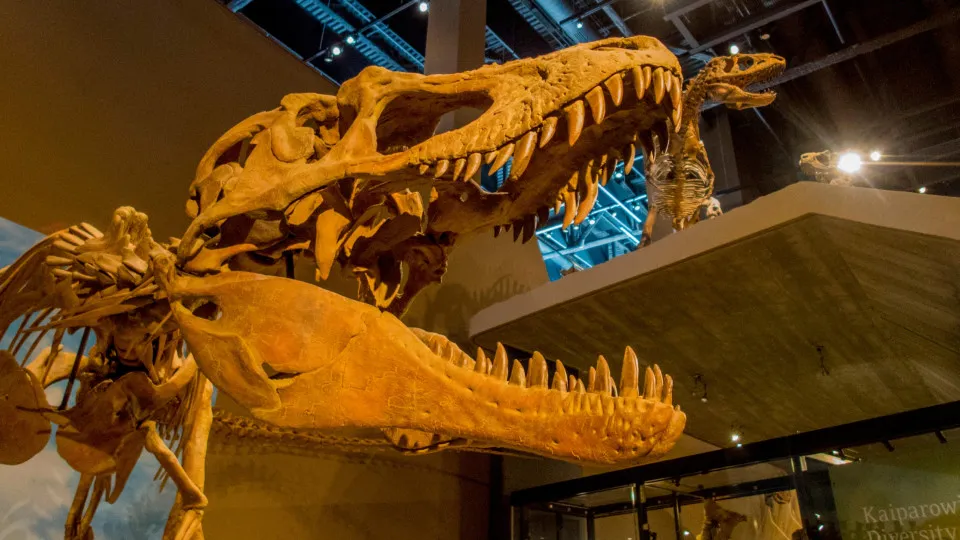Dinosaurs were first discovered in the 18th century, and as our tools have progressed, so too has our knowledge of the extinct species, proving them more intriguing than any science-fiction tale.
Unlike 'Jurassic Park,' dinosaurs' DNA is not simply accessible in ancient mosquitoes. Rather, paleontologists must painstakingly pore over the fossilized remains to determine how they might have appeared and behaved when alive, and their findings have some fascinating and slightly spooky implications for the future, too.
While the great and mysterious extinction of dinosaurs has rooted their species in history, their genes are finding a way into our future. Click through to read, based on information from the Natural History Museum, about where dinosaurs came from, how they lived, how they vanished, and what they've left behind.



